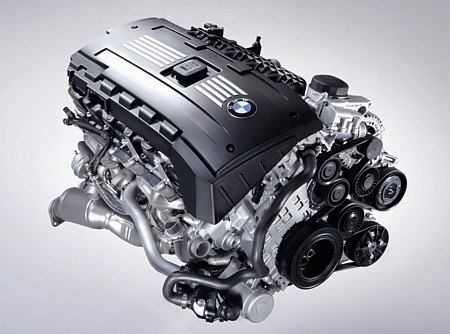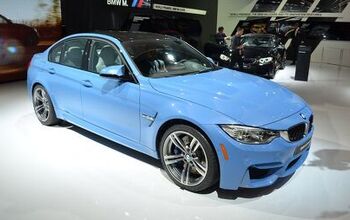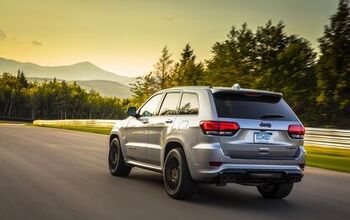Straight Six RIP?
The American automotive market offers just three inline six (I6) engines. First and foremost: BMW's 3.0-liter unit. Devotees will find the propeller people's sublime I6 in the 328i and 528i, and in turbocharged form, in the 335i and 535i. Otherwise, there's GM's excellent 4.2-liter I6 found in the Trailblazer, Envoy and Saablazer 9-7x. And don’t forget Volvo’s new 3.2 and 3.0L I6 engines, used in the 2008 V70/XC70/S80/XC90 and the baby Land Rover. These sweet, smooth, silky engines are all that's left of a once-proud breed. The GM engine will probably die along with its host SUV in a few years, just as Jeep dropped its 4.0-liter inline six with the passing of the Wrangler. Mercedes ditched its straight six over a decade ago. Jaguar used to sell a six cylinder inline engine in the classical XJ6. And of course there were three outrageous examples from Toyota: the 4.5-liter straight six in the Land Cruiser and two different 3.0- liter six pots holstered by the Cressida, Supra, Lexus SC300 and IS300. Why has the I6 gone by the wayside? Lots of reasons. A V6 is a lot more compact, and most manufacturers use engines across their entire brand lineups. That means a modern V6 engine has to fit both transverse and longitudinal applications; Nissan, Toyota, GM, VW/Audi twist their V6s by 90 degrees. Hopefully the future will hold more I6 engines, if only because they tend to be so full of character, well balanced and smooth. Until then, you can pick up your own straight six on the cheap in a used Suzuki Verona (which even mounted it transversely).
[Click here for the technical differences between I6 and V6 engines]


































Comments
Join the conversation
Massive iron block is not the only reason why 2JZ-GTE and RB26DETT are so easily modified. It's in the advanced head design, intake, oiling, cooling, state of the art materials (internals). These engines were over engineered(which happens rearly these days, in the bean counting era that we're in), factory showcases of japanese know-how and craftsmanship.
@ Johnson: I'm sure BMW would be able to make a fine V6. They developed brilliant new V8s and V12s in the 1980s from scratch without prior experience to build on, both to great sales success. It's just they know I6s are part of their heritage (since the 1930s 328 racecars) and add tremendously to their brand cachet (something that many V6 producers are missing).
Both of my vehicles are powered by I6 engines... a BMW and a Jeep Wrangler. I find little more annoying than seeing either of these vehicles advertised for sale with V6 engines (new Wranglers withstanding).